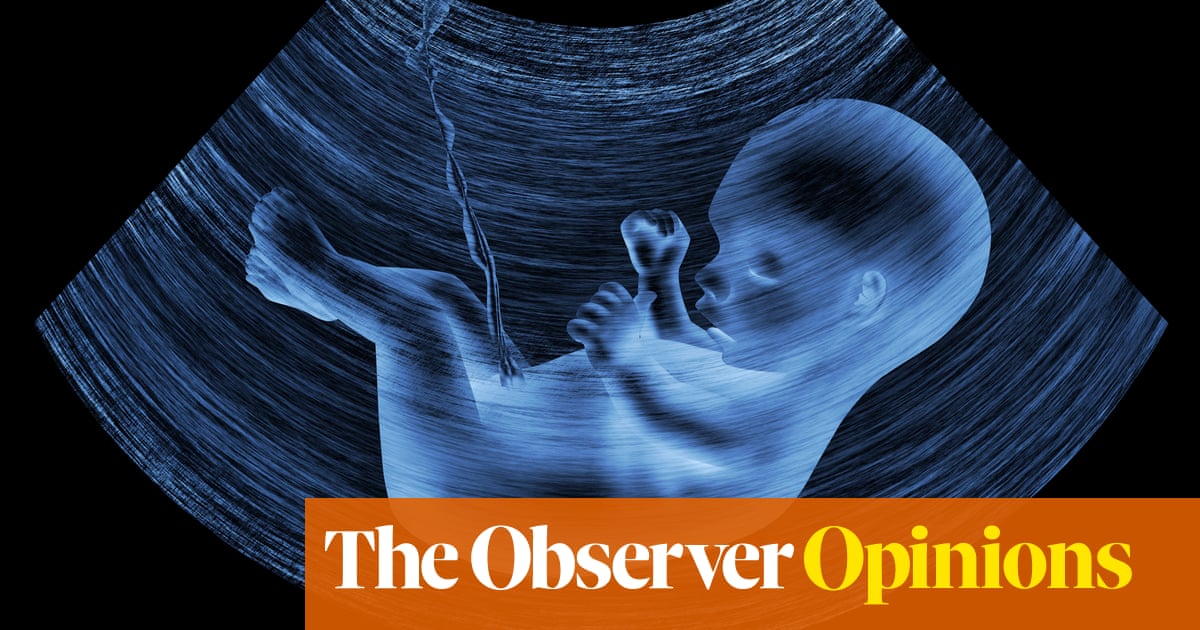
hat Vera Lynn was 103 years old is of no consequence. She was, in our mind’s eye, forever in her 20s, belting out the string of songs that helped sustain Britain during the second world war. Above all, of course, We’ll Meet Again, written in 1939. First recorded by Lynn, it perfectly captured the confused national mood of apprehension, self-belief and longing for a time when all would be well.
Surprise at her death is swiftly replaced by the sad realisation that it marks the end of a chapter in British history. Many of those who grew up with her music have died during the Covid-19 pandemic. How poignant that her death should come on the day that President Macron arrived in the UK to mark the 80th anniversary of General De Gaulle’s rallying cry to the Free French and to give the Légion d’Honneur to London, the city that weathered the blitz in 1940.
Lynn was born in east London – her father was a plumber, her mother a dressmaker – and she became the symbol of that blitz spirit. “I tried to keep people’s spirits up with music,” she said, “and so did many other performers. We also spent time with our families and, of course, food was sometimes very scarce, but we got through it because we knew we had to.”
In a sense, and this is not to be disrespectful to her memory, she was in the right place at the right time. She was by no means a great singer. Her rendition of the wonderful A Nightingale Sang in Berkeley Square, another wartime staple, pales beside the definitive version by Elsie Carlisle. But it is Lynn we remember, while Carlisle, who was hugely popular in the 1920s and 30s, is recalled only by aficionados of the dance band music of that era.
So what did Vera Lynn have that propelled her to stardom during the war, when she became the “forces’ sweetheart”? Youth primarily. She was in her early 20s when war broke out – Carlisle was in her 40s and recorded very little during the war, while Gracie Fields, who was astonishingly popular in the 1930s, had the temerity to marry an Italian and sat most of the war out in North America.
The country was aching for a new female singing star and Vera Lynn – youthful, toothily wholesome rather than glamorous, and with an innate modesty that suited an austere and dangerous age that had no time for displays of ego – fitted the bill. She had a powerful, bell-like voice – at times she almost recites the words and employs oodles of vibrato to underscore the emotion of her songs – that was perfect for a singalong. It is when the audience joins in with her songs that you get a lump in the throat.
She came to represent so much, especially to the service personnel she entertained tirelessly during the second world war. She visited Burma, Egypt and India to give concerts for troops stationed there, an act of courage that should not be underestimated. These were difficult, dangerous journeys and not for nothing was she later awarded the Burma Star. She symbolised resilience and indefatigability, embodying a strength of character that transcended mere art. Nazism had no chance against this winsome, optimistic, joyful yet tender young woman.
The obituaries will say that her popularity after the war continued unabated, and her career did tick along happily for another 50 years – she gave her final public performance at an event commemorating the 50th anniversary of VE Day in Hyde Park in 1995. She was in her late 70s and her performance is staggeringly good, her voice undiminished. Indeed it may even be better than in 1940, marinated by a lifetime of experience. You simply cannot watch her sing The White Cliffs of Dover at that concert without a tear in the eye. The warmth of the audience, too, tells you all you need to know about what she meant to the generation that had come through the war.
So, yes, the career continued, but it did not develop. Her 1952 song Auf Wiederseh’n, Sweetheart – the first record by a non-American artist to reach No 1 on the US Billboard charts – is really yet another wartime singalong number. We sometimes forget that we carried on fighting the war until the 1960s. Some politicians in the UK are still fighting it.
Artistically, it must have been infuriating to be forever associated with the wartime struggle and she did attempt to move on, recording a few Beatles numbers in the 1960s and even making a country disc in 1977. But nothing could shift the way she was seen by the public: a symbol, quintessentially British, of that unimaginably long, bleak, ultimately triumphant wartime struggle; an icon frozen in time.
She accepted her status as a living museum of wartime music and culture with customary good grace. “I never thought the ‘forces’ sweetheart’ tag would stay with me,” she told the Radio Times in 2014, “but it has, hasn’t it? I thought it would last for the war period, then I’d just be another singer. Of course I’ve never minded that everybody always connects me with that time. It was so important.”
The tributes which have poured in for her are richly deserved, though Jacob Rees-Mogg’s linking of “bluebirds over the White Cliffs of Dover” with blue passports is strikingly odd and misjudged. She represented the best of the wartime spirit, not its continuation by other means.
Her songs spoke to people caught up in war, trying to respond to its emotional extremes as best they could. They encapsulate fellowship and battling through, not jingoism, for all the flag-waving that accompanied her appearances at commemorative events. “We’ll meet again, don’t know where, don’t know when.” The lyrics could not be more banal, yet her genuine spirit invested them with deep humanity.












